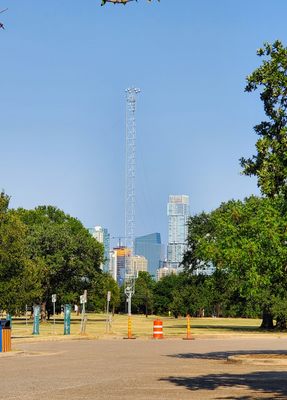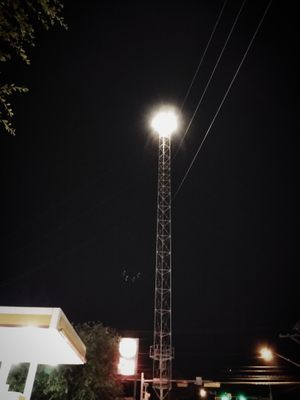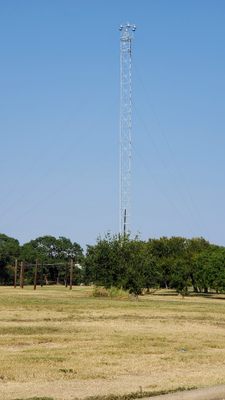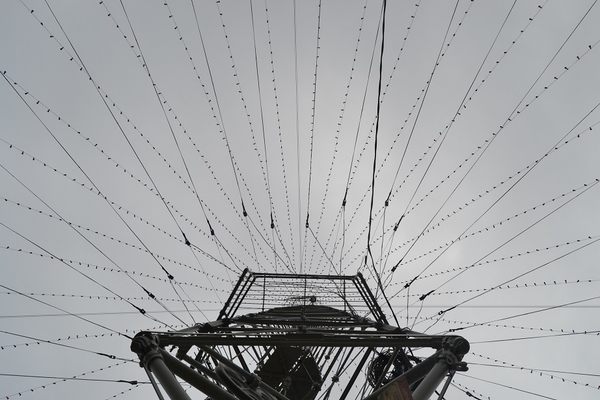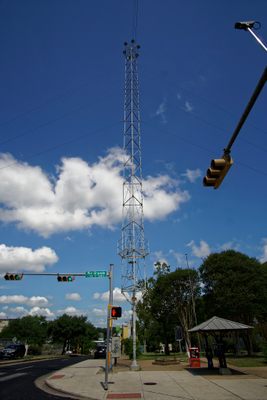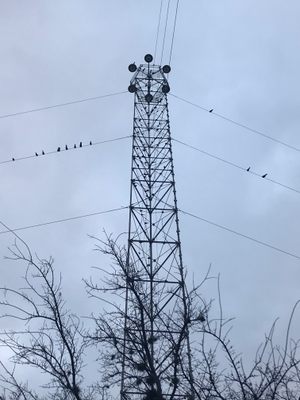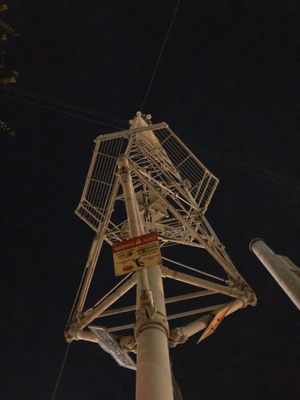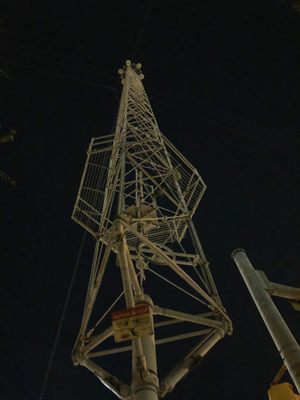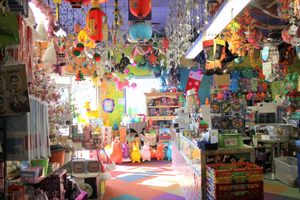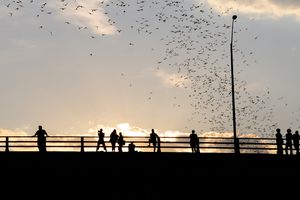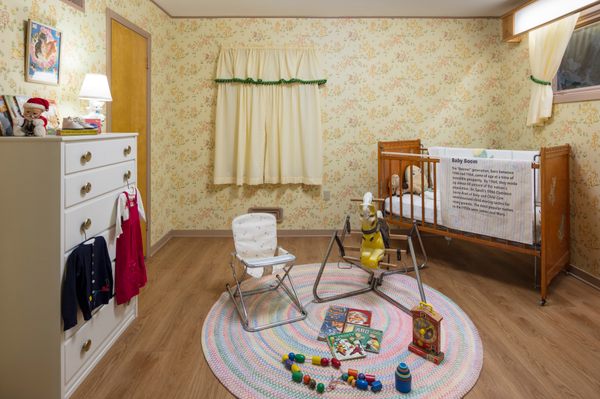About
"The baying of bloodhounds frantically seeking the killer's scent broke into the usual chorus of Yuletide merriment, chilling holiday spirits." - Austin Statesman, Christmas 1885
In the wake of a series of horrific murders, the city of Austin purchased 31 enormous towers to light the city streets from on high. The 165-foot towers cast a glow "bright enough to read a watch by" in a 1,500-foot (460-meter) radius around each tower. Despite early concerns about plants growing out of control—The Day of the Triffids-style—and animals never sleeping, the towers quickly became beloved symbols of the city and have defied the odds of the years with 17 of them lit nightly still to this day.
In 1884 Austin had a population of just about 23,000 people. Although other cities had begun the process of electrification—usually starting with individual installations in posh houses or government buildings with independent power generators—Austin remained lantern-lit after dark. But this would change when, over the next year, the city was shaken by a series of late-night murders.
After the deaths of two women, the killer was nicknamed the "Servant Girl Annihilator" by the local press, who covered the crime scenes in grisly detail. By Christmas 1885 there were five women dead, three others injured, and no viable suspects. All of the women attacked had been Black, and blame in the press was pointed squarely within Austin's Black community. On that night two more women were killed, nearly at the same time. Both were white women, at home with their husbands.
On Christmas Day a panicked citizens' meeting was held about the safety of their community. Police patrols were increased, and the installation of electric "Moonlight Towers," like some already in use in Detroit, was planned.
The press and eventual trial of the husbands of both women murdered in Christmas were a media sensation in their day. One of the victims, Eula Phillips, was accused of moonlighting as a sex worker and during the trial, the names of prominent Austin citizens were dropped as brothel clients. In the end, both husbands were let free—one by virtue of a hung jury, the other by appeal. As the Dallas Morning News put it, "The trial of Mr. Phillips has demonstrated three things: that Mrs. Phillips was not what she should have been, that several attachés of the government are not what they should be, and that no one can possibly know who committed that murder."
Curiously, the murders stopped after that Christmas night.
The towers were purchased second-hand from Detroit and were not actually installed until 1894 long after the murders had stopped. They were first lit on May 3, 1895 in a gala celebration.
Originally the 6 lamps were accessed via interior manually-powered elevators (which are still there) for maintenance of the carbon vapor arc lights, which had to be trimmed daily, they ionized the air around them and perhaps killed a few birds too. The lights were later swapped out to incandescent lights in 1920s, and then to mercury vapor in 1930s. In the 1940s a master switch was installed to allow the city to black out in times of emergency without having to climb each tower. A major restoration of the towers was conducted in 1993 in time for their 100-year anniversary.
The 17 remaining towers are now Texas landmarks, and are listed in the National Register of Historic Places. Each year the tower in Zilker Park is transformed with lights into the "World's Largest Christmas Tree." They are the last moonlight towers in the world.
Related Tags
Know Before You Go
The moonlight towers can be found all over Austin. The address listed above is for a moonlight tower at W 9th Street and Guadalupe Street.
Community Contributors
Added By
Published
March 27, 2010


